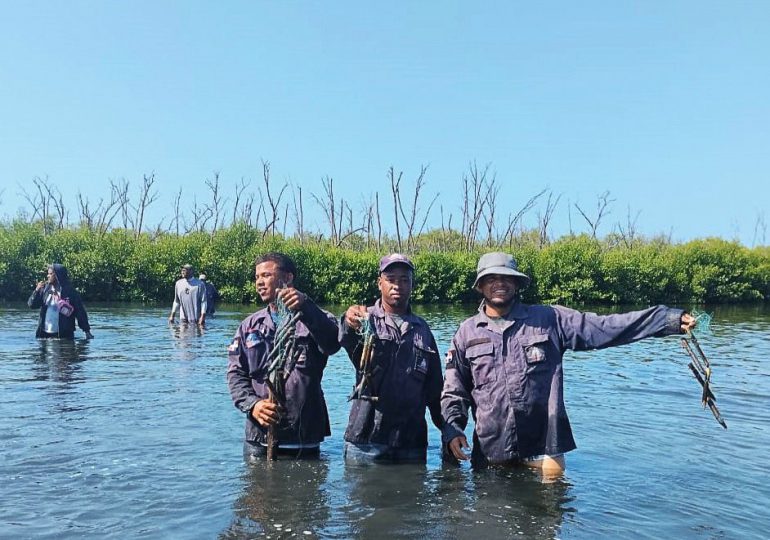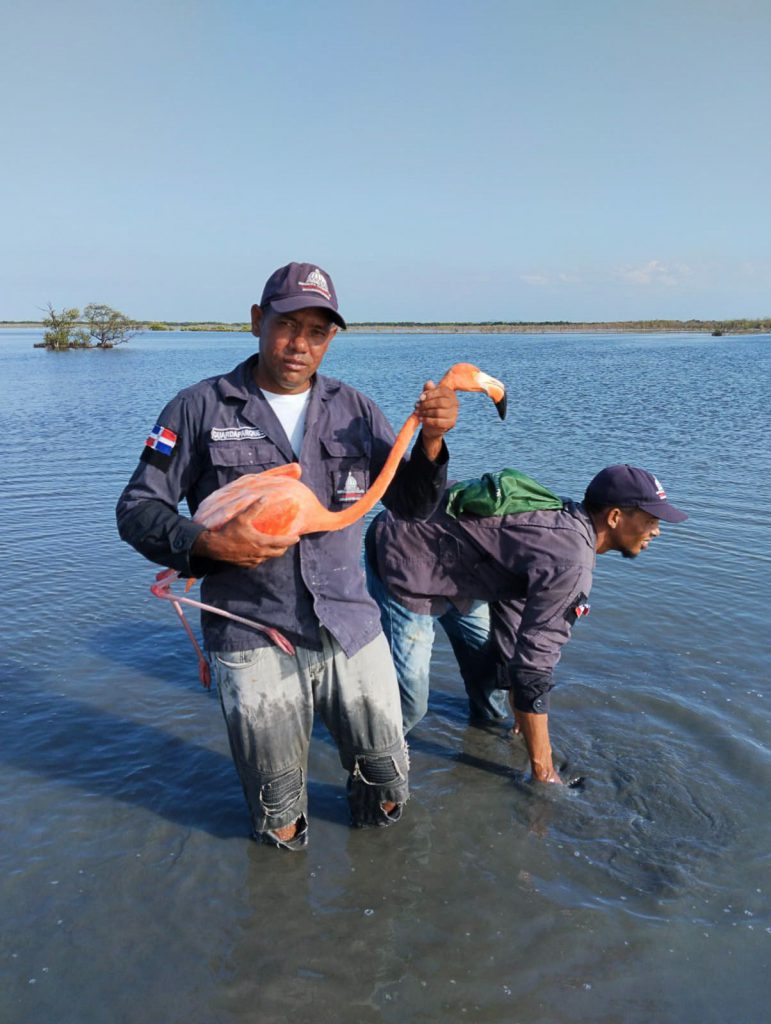Conservation efforts in Estero Balsa Mangrove National Park

Santo Domingo.- Over the past week, the administrative staff and park rangers of the Ministry of Environment and Natural Resources (MMARN) have undertaken the task of removing 1,038 bird traps from the estuaries of the Estero Balsa Mangrove National Park in Montecristi.
Juan Guzmán, a nature photographer and the northwest regional coordinator of the Vice Ministry of Protected Areas and Biodiversity, elucidated that the elimination of these traps is a component of the ongoing surveillance efforts maintained by the Estero Balsa Mangrove National Park staff.
Guzmán further elaborated that while dismantling these traps, various bird species were discovered ensnared and subsequently released, including widow (Himantopus mexicanus), flamingo (Phoenicopterus ruber), and spoonbill (Platalea ajaja).

This vigilant oversight bolsters the endeavors of biologists and technicians from MMARN and the Arq. Manuel Valverde Podesta National Zoological Park, who have reintroduced a significant number of Caribbean pink flamingos into the Estero Balsa Mangroves.
“We must commend the diligent work of our park rangers in Montecristi and the administrator of Estero Balsa, Roque Taveras, who brave thorns and mosquitoes in these marshlands to present us with the outcomes of effective surveillance, which also receives support from the armed forces of the State,” Guzmán added.
He recalled that the traps set by unscrupulous individuals primarily jeopardize the flourishing population of flamingos in the Caribbean. “These captured specimens are often sold in markets to serve as attractions in family and tourist destinations by individuals who do so out of ignorance or lack of awareness regarding the harm inflicted upon these species.”
Guzmán acknowledged the continuous collaboration of residents from the Los Conucos, Judea Nueva, and El Copey communities, as well as the Manzanillo Fishermen’s Association, “who have emerged as guardians of these spaces and have been adversely affected by the actions of these ‘trappers’ who threaten the bird population in the area.”

















